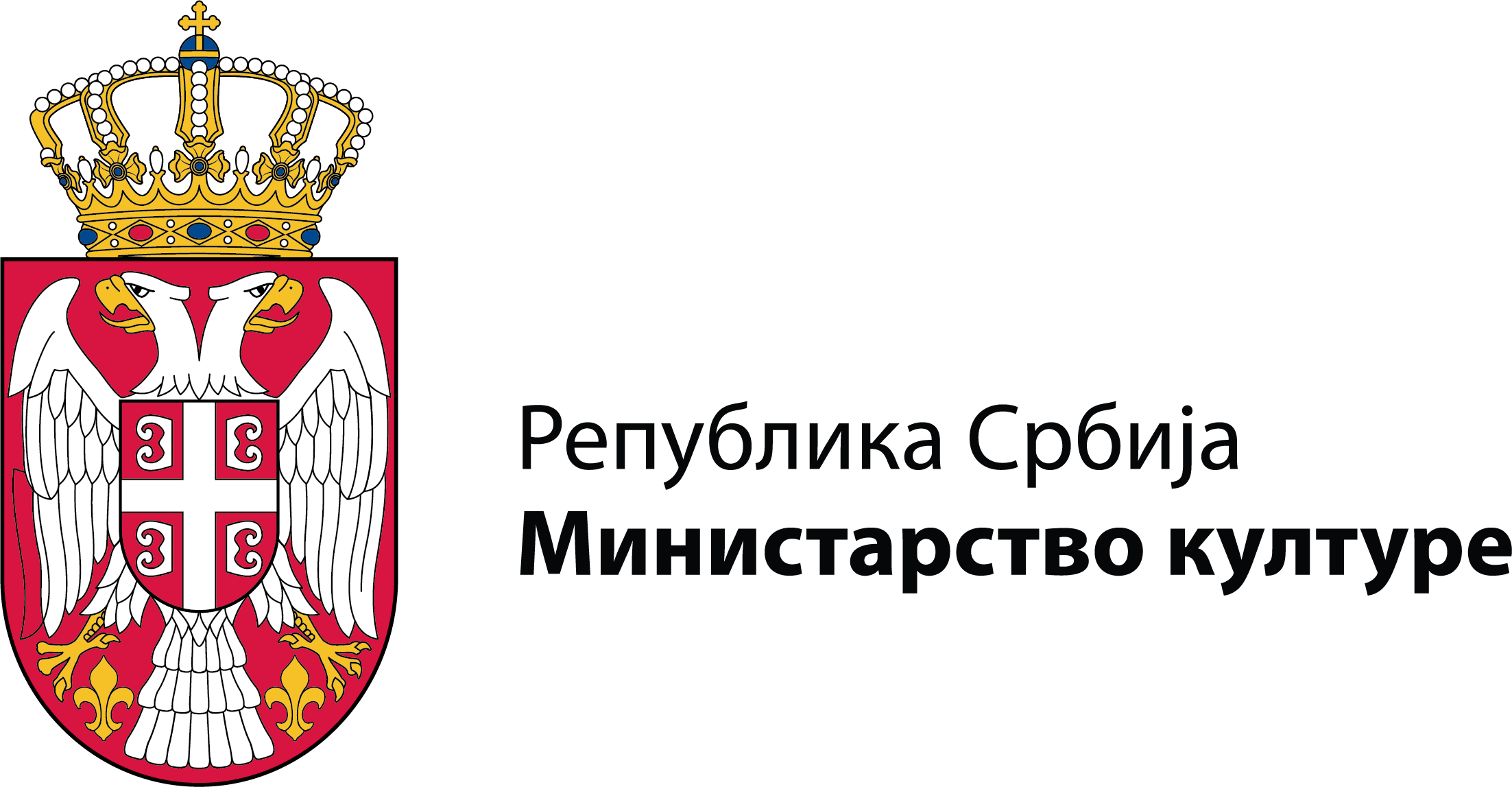The role of jewelry in people's life is not limited only to embellishing the person who wears it.
Jewelry is a sign of social position, status, religious affiliation, as well as transitory and transitory statuses in the course of life. It is precisely for this reason that it is interesting and rewarding to research.
Most of the objects in the collection belong to the period of the 19th and the first half of the 20th century, but there are also older ones.
The collection consists of over 3,000 items.
The curator in charge of the collection is Jelena Vuletić, museum advisor: jelena.vuletic@etnografskimuzej.rs
Most of the objects in the collection belong to the period of the 19th and the first half of the 20th century, but there are also older ones.
The collection consists of over 3,000 items.
The curator in charge of the collection is Jelena Vuletić, museum advisor: jelena.vuletic@etnografskimuzej.rs

